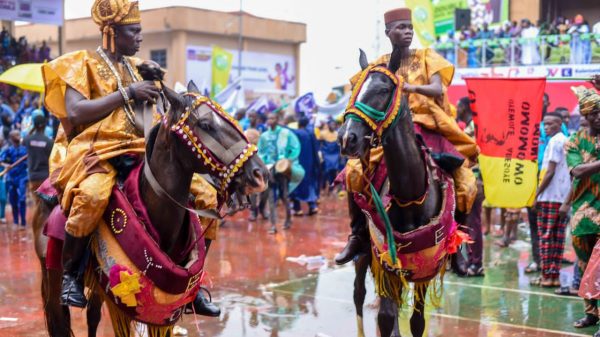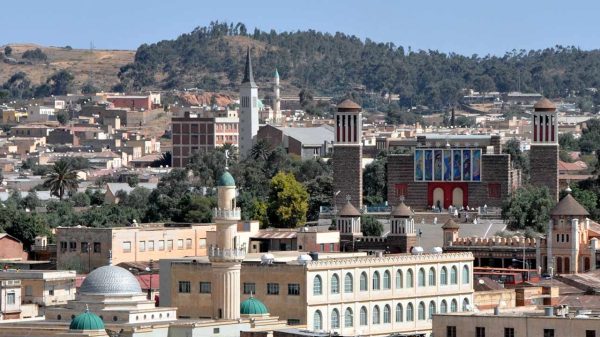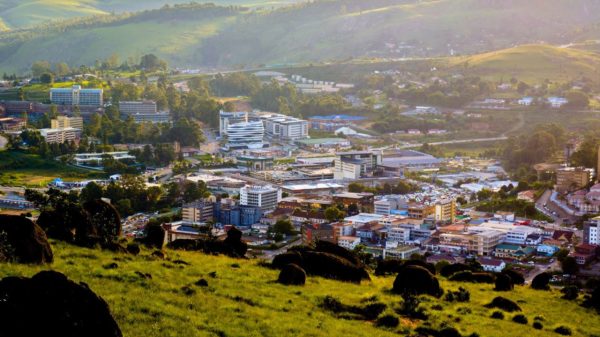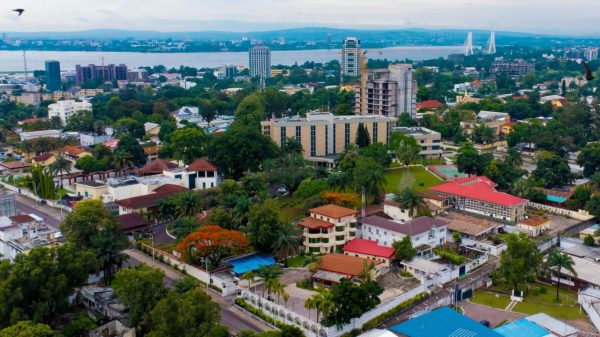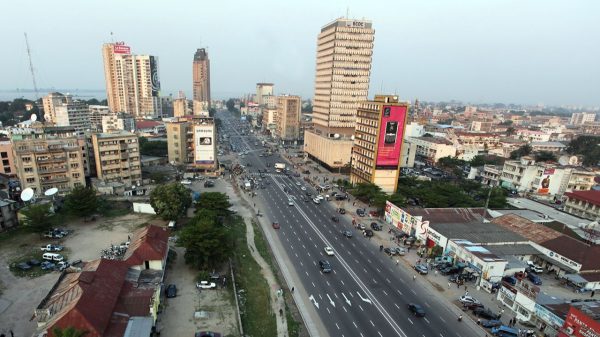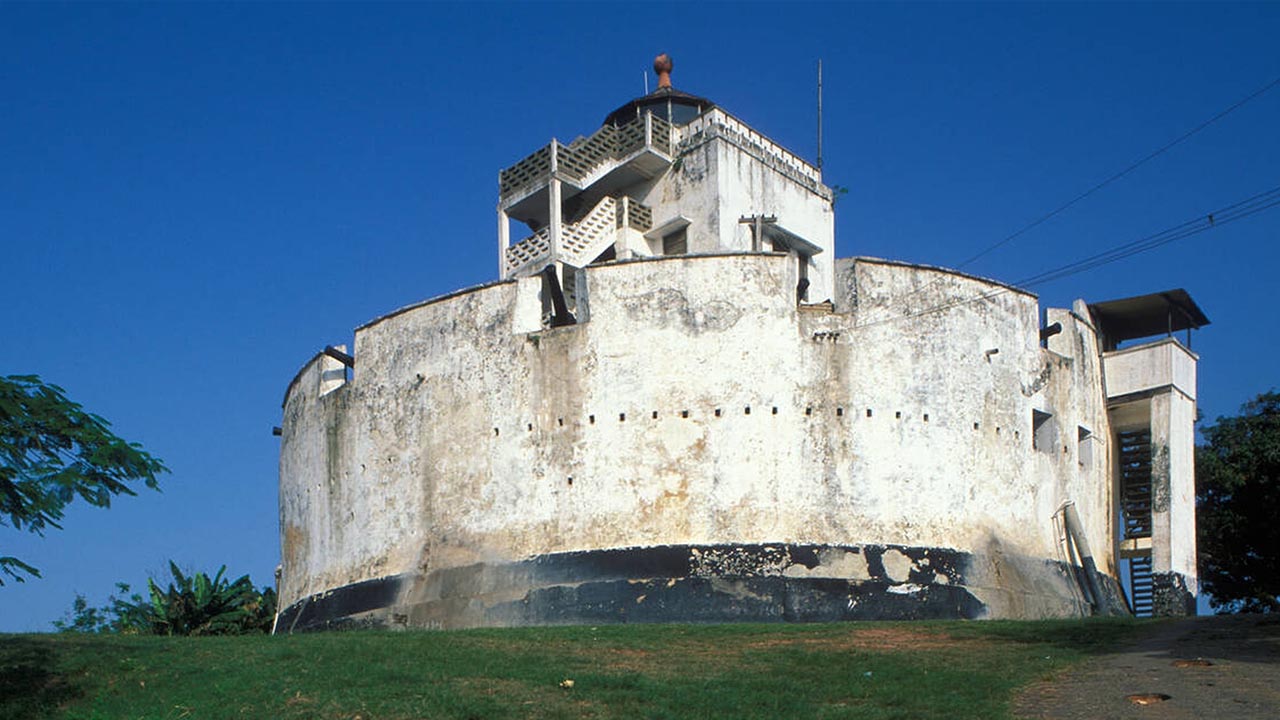Ghana’s coastline is lined with some of the most fascinating historical sites in the world: forts and castles that have stood for centuries, witnessing stories of trade, conquest, resilience, and culture.
As some of the most significant historical & cultural sites in Ghana, these structures were originally built by European traders from Portugal, Spain, Denmark, Sweden, the Netherlands, Germany, and Britain, serving as hubs for gold trade before becoming deeply intertwined with the transatlantic slave trade. Today, they stand as powerful reminders of history, offering visitors a glimpse into the past while exploring Ghana’s rich heritage. Whether you’re a history buff, an adventure seeker, or just someone looking to soak in breathtaking ocean views, these forts and castles should definitely be on your travel list.
Let’s take a journey through some of Ghana’s must-see forts and castles, broken down by region, so you can plan your visit with ease.
Western Region: Forts Standing Against Time
The Western Region of Ghana is home to some of the country’s oldest and most intriguing forts. Each has a unique story and charm.
- Fort Apollonia (Beyin) – Built by the British in the 18th century, this fort now houses a museum showcasing Nzema culture and history.
- Fort St. Anthony (Axim) – One of the oldest European buildings in Ghana, originally built by the Portuguese in 1515.
- Fort Gross Friedricksburg (Princestown) – Once controlled by the Brandenburgers of Germany, this fort played a key role in trade.
- Fort Dorothea (Akwida) – Although smaller in size, this fort gives visitors a true feel of Ghana’s colonial past.
- Fort Metal Cross (Dixcove) – A well-preserved fort with stunning ocean views, ideal for history lovers and photographers.
- Fort Batenstein (Butre) – Offers an incredible panoramic view of Butre village and the Atlantic coastline.
- Fort Orange (Sekondi) – Fort Orange was originally built as a trading post, it later became a lighthouse and is still in use today.
- Fort St. Sebastian (Shama) – Known for its well-preserved structure, this fort tells a tale of trade and conquest.
Central Region: The Heart of Ghana’s Historic Forts
The Central Region is home to some of the most famous forts and castles, including UNESCO World Heritage Sites that attract visitors from all over the world.
- Elmina Castle (St. George’s Castle) – Built by the Portuguese in 1482, this is the oldest European building in Sub-Saharan Africa. It played a major role in the gold and slave trades.
- Fort St. Jago (Elmina) – Located on a hill opposite Elmina Castle, this fort provides a breathtaking view of the town and ocean.
- Cape Coast Castle – A key site in the transatlantic slave trade, this castle is now a museum and an essential stop for those looking to understand Ghana’s history.
- Fort Victoria & Fort William (Cape Coast) – Smaller forts that served as watchtowers over the coastline.
- Fort McCarthy (Cape Coast) – Originally built for defense, later used as a prison.
- Fort Fredericksburg (Amanful) – Once controlled by the Brandenburg-Prussians, this fort has a unique European design.
- Fort Nassau (Mouri) – Built by the Dutch, this fort played a key role in gold trade.
- Fort William & The Little Fort (Anomabu) – Anomabu was a major trading post, and these forts played crucial roles in Ghana’s colonial past.
- Fort Amsterdam (Abandzi) – One of the most visited forts due to its striking location and well-preserved structure.
- Fort Tantumquery (Saltpond) – Known for its strategic location, it was an important trading center.
- Fort Patience (Apam) – Named to reflect the patience required to complete its construction.
- Fort Good Hope (Senya Beraku) – Despite its name, it was a major slave trade fort.
Greater Accra Region: Historical Gems in the Capital
Accra, Ghana’s capital, also has a number of forts and castles that give visitors an insight into the country’s past.
- James Fort (Jamestown) – Built by the British in 1673, James Fort played a crucial role in both trade and military defense.
- Ussher Fort (Ussher Town) – Originally built by the Dutch in 1649, later taken over by the British.
- Christiansborg Castle (Osu Castle) – A significant historical site that later became the seat of Ghana’s government.
- Fort Augustaborg (Teshie) – A lesser-known but historically significant fort.
- Fort Vernon (Prampram) – Once used as a trading post, now a great stop for history enthusiasts.
- Fort Fredensborg (Old Ningo) – Built by the Danes in the 18th century, adding to Ghana’s diverse colonial history.
Volta & Ashanti Regions: Lesser-Known but Equally Important
While most of Ghana’s forts and castles are along the coast, there are a few inland structures that played key roles in history.
- Fort Prinzensten (Keta, Volta Region) – Built by the Danes in the 18th century, it later became a prison.
- The Fort at Kumasi (Ashanti Region) – Not as grand as the coastal castles, but holds deep significance in Ashanti history.
Why Visit These Forts and Castles?
- Step Into History – These structures are living museums that tell the story of Ghana’s past, from trade to colonization and resistance.
- Breathtaking Views – Many forts and castles are perched on cliffs overlooking the Atlantic Ocean, offering picture-perfect moments.
- Understand the Slave Trade – Sites like Cape Coast Castle and Elmina Castle provide educational tours on the impact of the transatlantic slave trade.
- Architectural Wonders – European, African, and mixed influences make these structures fascinating to explore.
- Cultural Significance – Many of these sites hold festivals, cultural performances, and local storytelling events.
- Great for Photography – The contrast of old stone buildings against blue skies and ocean waves creates stunning visuals.
- Easy to Visit – Many forts and castles are accessible from major cities like Accra, Cape Coast, and Takoradi, making them great day-trip options.
Ghana’s forts and castles aren’t just old buildings; they are time capsules that hold the stories of civilizations, trade, war, and resilience. Whether you want to soak in history, take in breathtaking views, or simply explore Ghana in a unique way, these sites should be on your travel bucket list. So, next time you find yourself in Ghana, take a step back in time and experience the stories these forts and castles have to tell. Who knows? You might just leave with a new perspective on history and adventure!
Subscribe to our Newsletter
Stay updated with the latest trends in African Pop Culture!



